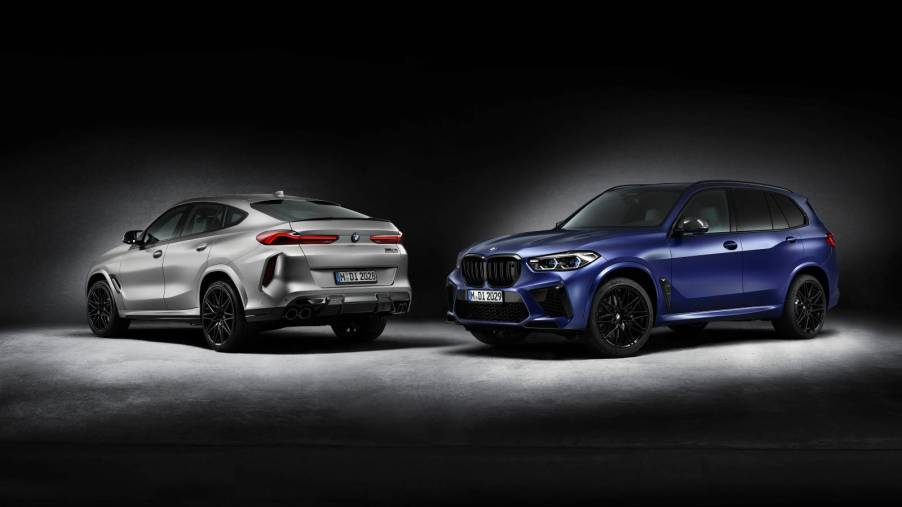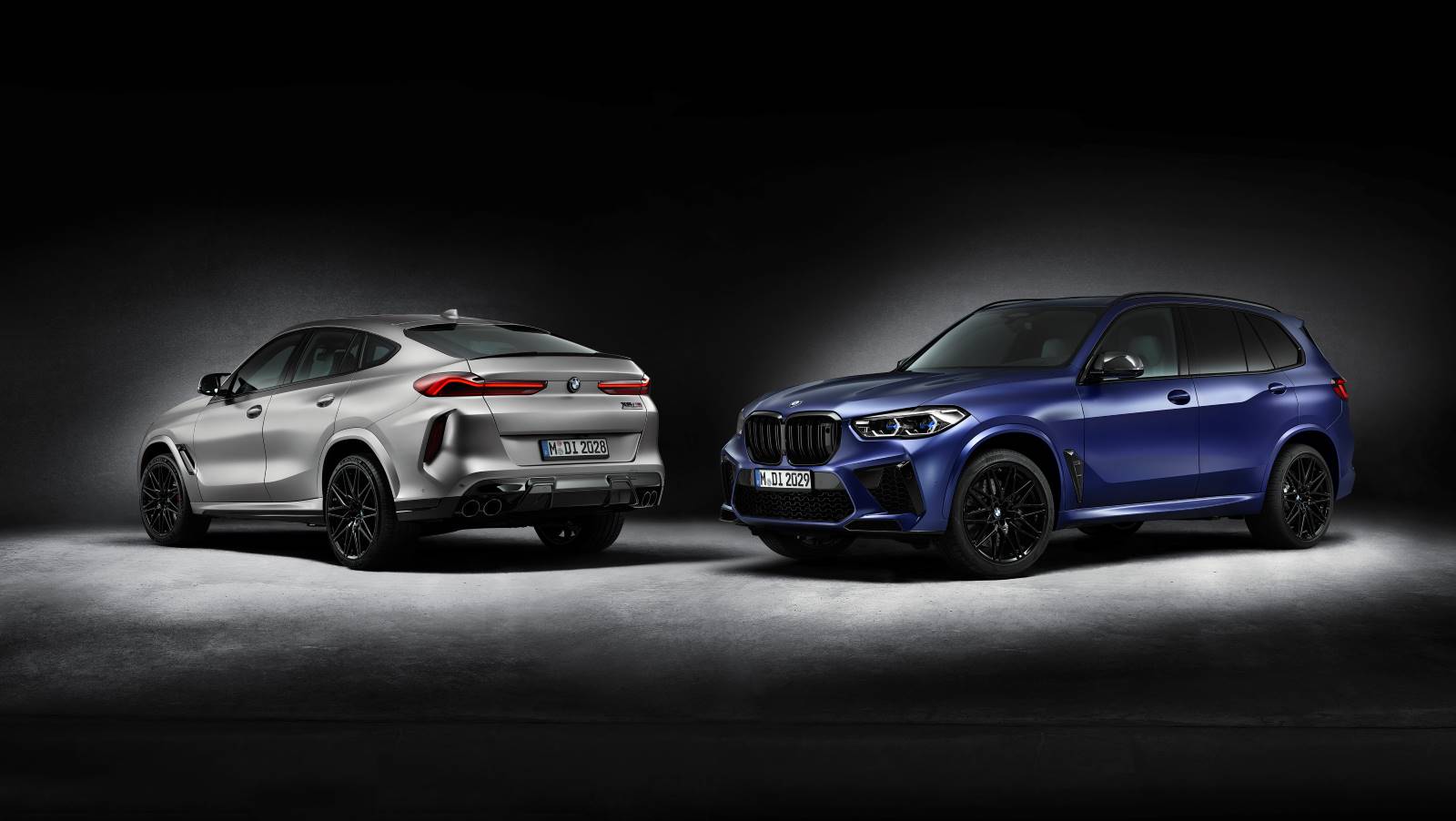
5 Decades of the BMW M Series
It’s little wonder why BMW has an excellent reputation, at least for building performance cars. Reliability and cost-to-own aside, it’s one brand that springs to mind when you think about sports cars and roadsters. The BMW M Series’ influence is a major reason for the brand’s reputation.
The M Series has hit five decades in the ‘20s, and to celebrate, Forbes took a 2002 BMW Z3 M Roadster on a long solo cruise to the Concours d’Elegance on Amelia Island in Florida. On their drive, contributor Jim Motoavalli had some time to reflect on BMW’s performance legacy.
What does BMW M stand for?
Before we dive into history, it’s important to know some background of the name.
Simply, the M in BMW M Series stands for “Motorsport”. It represents the performance division of the BMW brand, similar to Mercedes-Benz’s AMG and Jaguar’s R division.
A brief history of BMW M Series performance cars
BMW M was born in 1972 as the racing division of BMW (Bayerische Motoren Werke), and the very first M Series cars were varied. Mass-production cars were only built in order to satisfy specific racing rules. These rules demanded that all competition racecars had some sort of road-legal counterparts in order to validate them.
In order to compete with their high-performance racers, BMW had to produce performance coupes and sedans for the public.
One of the first models under the M division was the BMW 3.0 CSL. Fondly called “The Batmobile”, this car performed quite well in European competitions in the ‘70s. The first two-seater BMW M1 was produced through the 1980s, but only 430 of that specific design were ever built.
In the early ‘90s, BMW developed an M8 prototype that never came to be, and wasn’t even shown to the public until 2010. Heartbreaking, because had it joined the M Series lineup, it would have sprinted 0 – 60 in less than 6.0 seconds and run on a 631-horsepower 6.1-liter V12 engine.
Today, the M division has influenced dozens of other BMW models, and the official BMW M Series includes 11 models:
- BMW M3 Sedan
- BMW M4 Coupe
- BMW M4 Convertible
- BMW M5 Sedan
- BMW M8 Coupe
- BMW M8 Convertible
- BMW M8 Gran Coupe
- BMW X3 M Sports Activity Vehicle
- BMW X4 M Sports Activity Coupe
- BMW X5 M Sports Activity Vehicle
- BMW X6 M Sports Activity Coupe

BMW M Series cars vs. M Sport packages and accessories
The M Sport package isn’t technically under the greater M Series umbrella, but it’s inspired by the M division. The package is available on a variety of non-M Series vehicles, and adds flashy exterior styling and featured accessories to the car or crossover. Select M Sport packages affect the performance of the vehicle, but usually, these are small changes.
You may also see cars like the BMW M330i. These “M Performance cars” are also inspired by the M Series, but aren’t technically M Series cars. They’re just tuned to be slightly higher-performance versions of their classic counterparts.
With big developments happening across the performance-car world, we can’t wait to see what BMW M cars give us over the next 50 years.


